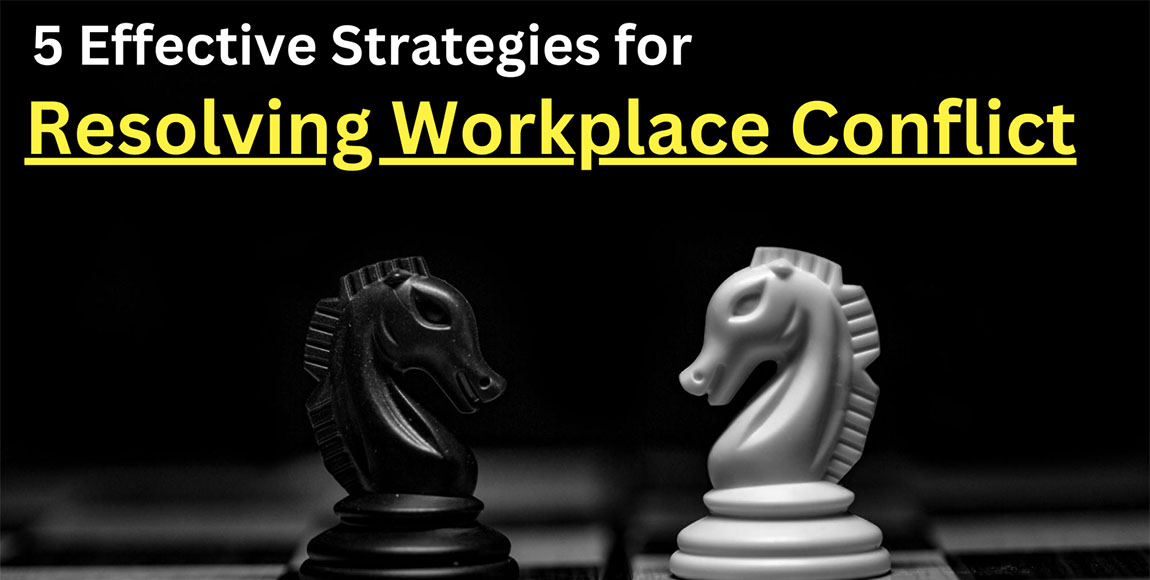
5 Effective Strategies for Resolving Workplace Conflict
Conflicts, if left unaddressed, could very well escalate into not just low employee morale and performance but, worse still, revenue loss, too.
Here are five effective strategies based on the Thomas-Kilmann Conflict Model to navigate workplace disputes
1. Avoiding
Avoidance might seem like a quick fix, but it’s only suitable when neither the importance of maintaining a relationship nor the importance of reaching a goal is crucial.
However, at work, if you care about fulfilling your goals and maintaining a cordial relationship with your colleagues, it’s best to face conflicts head-on instead of avoiding them, as avoiding conflicts can cause unresolved issues to fester over time.
2. Competing
This high-assertiveness, low-cooperativeness strategy focuses on winning. It’s appropriate and viable in emergencies or urgent crises, or when standing up for oneself.
However, in situations where relationships with colleagues do matter, it can damage relationships and trust.
For example, if someone faints or your safety is compromised, you may apply this “competing” strategy by asserting yourself to take charge of the situation. This can ensure that the well-being of the person or yourself is addressed as soon as possible. After all, one’s safety is more critical than your relationship with others.
3. Accommodating
Accommodating involves yielding to others’ needs, de-escalating tensions quickly. It’s useful when preserving harmony is more important than achieving your specific goal. Nonetheless, leaders should be wary of overusing this strategy, as over-acquiescing can stifle innovation and suppress healthy debate.
4. Compromising
Compromising requires both parties to make concessions, achieving a “lose-lose” resolution where neither gets everything they want. It’s effective for balancing needs when both the goal and the relationship hold moderate importance, fostering mutual respect and cooperation.
5. Collaborating
Collaboration is the ideal “win-win” strategy, where both the goal and the relationship are very important. It involves working together to find a solution that satisfies all parties. This approach fosters creativity, problem-solving, and strong team dynamics.
Workplace conflict, though inevitable, can lead to growth and innovation if managed well. By understanding and applying these five strategies as deemed fit, leaders can navigate disputes effectively, save time, reduce costs, and build a productive and harmonious work environment.
Stay tuned for our next blog for more helpful insights on people and organisational performance, leadership, human resources, and more!